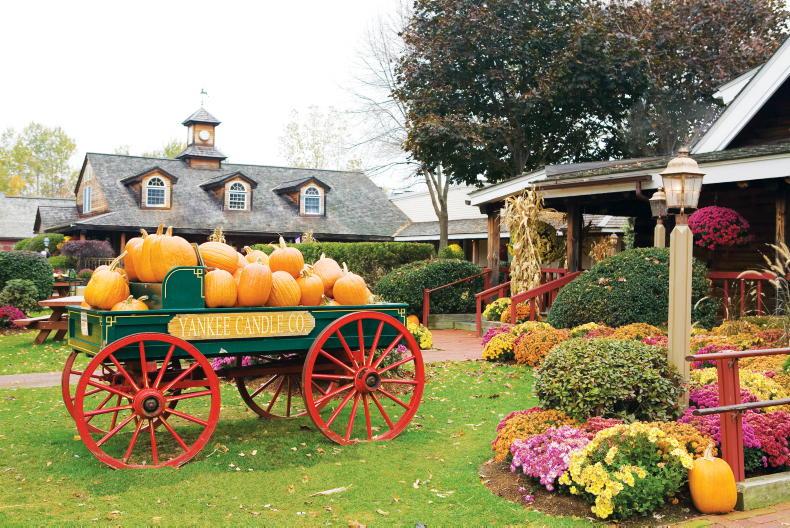The weather may not have been very supportive to ground conditions over the past few weeks, but the sight of some weanling cattle going back out onto the land beside our house brought back mixed memories for this son of a small midlands-based dairy farmer.
Dan Mullooly farmed less than 50 acres not far from the shores of Lough Ree and for many years our ‘bottoms’ – the very wet fields next to a river – flooded as soon as November came in. In those hardy days of the 1970s, we hadn’t the cosy convenience of a slatted house to resort to either, so the winter months meant the engagement of a cattle feeder in a mucky haggard or a small yard as close as possible to the source of the winter fodder – the traditional silage pit or hay shed with the stack of bales.
The emergence of round bales of silage in the early ‘80s was very much a godsend for smaller farmers. Michael Hanley, later CEO of Lakeland Dairies, was one of the key figures promoting the scheme. The deterioration of summer weather conditions for hay-making had previously been disastrous for thousands of Irish farmers. Rotting hay bales were poor ingredients for feeding cattle. Michael had hoped that by giving farmers a decent way to make high-quality silage, the improvement in the feed stock quality would pay off at the other end when it came to milk supply. Dad was woefully proud to be one of the pioneers of the new system in the midlands and often boasted to us of his place at the frontier of the modernisation of the fodder business.
In those hardy days of the 1970s, we hadn’t the cosy convenience of a slatted house to resort to either, so the winter months meant the engagement of a cattle feeder in a mucky haggard or a small yard as close as possible to the source of the winter fodder – the traditional silage pit or hay shed with the stack of bales
Revolutionary practice
I fondly recall the day in 1981 when, much to the amazement of the local farmers who had been alerted to this new and revolutionary practice now available to them, a shiny round-baler arrived onto our land and began to ‘cough-up’ those lush green pills of silage. If memory serves me well, Volac Feeds and the then Killeshandra Creamery were some of the key figures behind the initiative, with Granard contractor Richard Monaghan bringing the device onto our land and a Maynooth student Liam Murray collecting the bales (more of him later). In those days, the green grass cylinders emerging from the baler were not pre-wrapped in plastic but later inserted like giant lumps of rhubarb into big black bags and brought to their winter resting place on the farm to be tied up.
There was quite a crowd around when Richard’s baler headed off round the field that morning on its first taste of Longford grass. Within an hour, the tractors and cars had built up along the public road and the gate of the field was opened to accommodate the growing crowd of onlookers.
Doubting Thomases
The late Luke Farrell – a highly respected ACOT agricultural advisor who lived nearby – came in to join the discussion and analysis. It was akin to a Sunday Game debate at this stage and I got to enjoy the crossfire as much as everyone else present.
The new technology on show had its critics and a fair share of doubting Thomases, especially as square hay bales had built up a justifiable fan club on smaller holdings. My father talked of the ease the bales brought when he had to haul one on his back to the furthest point on the land if a cow was after calving and many were sceptical that day of how this great new silage initiative would work out.
Two other things stand out in my memory over 40 years on. As farmers and contractors were to find out, rats and other vermin also loved the cosy surroundings of the big black plastic bag holding the silage in the sheltered yard over the winter. Many a bag was punctured long before it was time for the farmer to open it. This in turn led to an investment in huge buckets of rat poison and traps were duly set for these creatures.
The bags themselves also became a huge issue after they were used, with the ever-rising pile usually requiring a bonfire in late spring. Thankfully, the green inspectors were not in service at the time, so Dad got away with it.
Today, the round bales are a popular sight in almost every corner of Ireland – and that other man who showed his expertise with the spike and bale lifter back in 1981 is now a man of the cloth. These days Fr Liam Murray from Rathowen harvests the prayers and good intentions of the people of Ballymahon, Co Longford, where he is parish priest.
Extending the age for child benefit
More than 60,000 parents may be benefitting from the decision to extend the age for child benefit payments upwards but not all readers were happy with my comments on the subject last week. I recognise, as reader Emma Carey told me, that hundreds of exam-sitting teenagers work part-time and my own son was one of them until the demands of the exam preparation became too time-consuming – but you’re right Emma – having a healthy child comes first every time.
Follow Ciaran on X Twitter at @ciaranmullooly
Read more
Meet the Makers: Kelly O’Sullivan and Stephen Daly
Editorial: a St Patrick's Day parade to remember
The weather may not have been very supportive to ground conditions over the past few weeks, but the sight of some weanling cattle going back out onto the land beside our house brought back mixed memories for this son of a small midlands-based dairy farmer.
Dan Mullooly farmed less than 50 acres not far from the shores of Lough Ree and for many years our ‘bottoms’ – the very wet fields next to a river – flooded as soon as November came in. In those hardy days of the 1970s, we hadn’t the cosy convenience of a slatted house to resort to either, so the winter months meant the engagement of a cattle feeder in a mucky haggard or a small yard as close as possible to the source of the winter fodder – the traditional silage pit or hay shed with the stack of bales.
The emergence of round bales of silage in the early ‘80s was very much a godsend for smaller farmers. Michael Hanley, later CEO of Lakeland Dairies, was one of the key figures promoting the scheme. The deterioration of summer weather conditions for hay-making had previously been disastrous for thousands of Irish farmers. Rotting hay bales were poor ingredients for feeding cattle. Michael had hoped that by giving farmers a decent way to make high-quality silage, the improvement in the feed stock quality would pay off at the other end when it came to milk supply. Dad was woefully proud to be one of the pioneers of the new system in the midlands and often boasted to us of his place at the frontier of the modernisation of the fodder business.
In those hardy days of the 1970s, we hadn’t the cosy convenience of a slatted house to resort to either, so the winter months meant the engagement of a cattle feeder in a mucky haggard or a small yard as close as possible to the source of the winter fodder – the traditional silage pit or hay shed with the stack of bales
Revolutionary practice
I fondly recall the day in 1981 when, much to the amazement of the local farmers who had been alerted to this new and revolutionary practice now available to them, a shiny round-baler arrived onto our land and began to ‘cough-up’ those lush green pills of silage. If memory serves me well, Volac Feeds and the then Killeshandra Creamery were some of the key figures behind the initiative, with Granard contractor Richard Monaghan bringing the device onto our land and a Maynooth student Liam Murray collecting the bales (more of him later). In those days, the green grass cylinders emerging from the baler were not pre-wrapped in plastic but later inserted like giant lumps of rhubarb into big black bags and brought to their winter resting place on the farm to be tied up.
There was quite a crowd around when Richard’s baler headed off round the field that morning on its first taste of Longford grass. Within an hour, the tractors and cars had built up along the public road and the gate of the field was opened to accommodate the growing crowd of onlookers.
Doubting Thomases
The late Luke Farrell – a highly respected ACOT agricultural advisor who lived nearby – came in to join the discussion and analysis. It was akin to a Sunday Game debate at this stage and I got to enjoy the crossfire as much as everyone else present.
The new technology on show had its critics and a fair share of doubting Thomases, especially as square hay bales had built up a justifiable fan club on smaller holdings. My father talked of the ease the bales brought when he had to haul one on his back to the furthest point on the land if a cow was after calving and many were sceptical that day of how this great new silage initiative would work out.
Two other things stand out in my memory over 40 years on. As farmers and contractors were to find out, rats and other vermin also loved the cosy surroundings of the big black plastic bag holding the silage in the sheltered yard over the winter. Many a bag was punctured long before it was time for the farmer to open it. This in turn led to an investment in huge buckets of rat poison and traps were duly set for these creatures.
The bags themselves also became a huge issue after they were used, with the ever-rising pile usually requiring a bonfire in late spring. Thankfully, the green inspectors were not in service at the time, so Dad got away with it.
Today, the round bales are a popular sight in almost every corner of Ireland – and that other man who showed his expertise with the spike and bale lifter back in 1981 is now a man of the cloth. These days Fr Liam Murray from Rathowen harvests the prayers and good intentions of the people of Ballymahon, Co Longford, where he is parish priest.
Extending the age for child benefit
More than 60,000 parents may be benefitting from the decision to extend the age for child benefit payments upwards but not all readers were happy with my comments on the subject last week. I recognise, as reader Emma Carey told me, that hundreds of exam-sitting teenagers work part-time and my own son was one of them until the demands of the exam preparation became too time-consuming – but you’re right Emma – having a healthy child comes first every time.
Follow Ciaran on X Twitter at @ciaranmullooly
Read more
Meet the Makers: Kelly O’Sullivan and Stephen Daly
Editorial: a St Patrick's Day parade to remember










SHARING OPTIONS